The Ministry of Home Affairs said the process of rearranging administrative units in 2025 has fundamentally changed the size of the area and the average population, far exceeding the currently applied standard threshold. (Photo: VNA)
The Ministry of Home Affairs has sent the draft Decree on administrative unit classification to the Ministry of Justice for appraisal before submitting it to the Government for approval. This Decree will replace Resolution No. 1211/2016/UBTVQH13 regulating standards for administrative units and standards for administrative unit classification.
Salaries and allowances will be adjusted according to the new administrative unit classification.
In the draft submission, the Ministry of Home Affairs said that the process of arranging administrative units in 2025 has fundamentally changed the size of the area and average population, far exceeding the standard threshold established in Resolution No. 1211/2016/UBTVQH13.
In addition, the formation of "special zones" is a completely new type of administrative unit, outside the scope of Resolution No. 1211. If the old criteria, scales and classification thresholds of Resolution No. 1211 are continued to be applied, the classification results will no longer be close to reality, distorting the assessment of the position, role and level of development of each locality, thereby directly affecting policy making, resource allocation and organization of the government apparatus.
According to the Ministry of Home Affairs, the issuance of the Decree aims to specify the provisions in Article 3 of the Law on Organization of Local Government No. 72/2025/QH15, ensuring a full legal basis for classifying administrative units in the context of the local government organization model having shifted to 2 levels: Provincial level and communal level; establishing a unified, transparent and feasible legal framework for determining criteria, order, procedures, authority and mechanism for periodically updating the results of classifying administrative units.
The adjustment of regulations on administrative unit classification will ensure that the classification closely reflects the actual scale, development conditions, regional characteristics and operational capacity of local authorities, serving as an important basis for planning socio -economic development policies appropriate to each type of administrative unit.
In particular, the classification of administrative units will help build an organizational structure, decentralize management and arrange resources (human resources, financial resources) in a streamlined, effective and efficient manner. The salary, allowance and payroll policies for the staff and civil servants of local authorities will also be designed in a reasonable, fair and appropriate manner to practical conditions.
Scoring to divide administrative units into 3 categories
The Draft Decree basically inherits the system of administrative unit types that has been built and applied stably for a long time, accordingly, except for Hanoi and Ho Chi Minh City which are special administrative units identified in the Law on Organization of Local Government, the remaining administrative units are divided into 3 types (type I, type II, type III), implemented by the scoring method (under 60 points is type III, from 60 to 75 points is type II, over 75 points is type I).
However, the content of urban classification for each type of administrative unit is adjusted to suit the viewpoints and principles of drafting the Decree and the practical context, specifically as follows: For centrally-run cities, the Draft Decree stipulates that Hanoi and Ho Chi Minh City are special-type administrative units, and centrally-run cities are type I administrative units.
Except for Hanoi and Ho Chi Minh City, which are special administrative units, the remaining administrative units are divided into three types. (Photo: VNA)
For provincial-level administrative units, the draft Decree stipulates that provinces are divided into 3 types (types I, II, III) based on the total score of 5 standard groups, specifically: Maximum population size standard of 20 points, minimum 10 points; Maximum natural area standard of 20 points, minimum 10 points; Number of affiliated administrative units standard of 10 points, minimum 6 points; Socio-economic conditions standard (including 11 component criteria 2) of 40 points, minimum 18 points; Specific factor standard of 10 points, minimum 0 points.
For commune-level administrative units, the Draft Decree stipulates that communes are divided into 3 types (types I, II, III) based on the total score of 4 standard groups, specifically: Maximum population size standard of 25 points, minimum 15 points; Maximum natural area standard of 25 points, minimum 15 points; Socio-economic conditions standard (including 7 component criteria 3) maximum 40 points, minimum 21 points; Specific factor standard of maximum 10 points, minimum 0 points.
For wards, the draft Decree stipulates that wards are also divided into 3 types (types I, II, III) based on the total score of 4 standard groups similar to those for communes, but with adjustments to the maximum and minimum levels of each criterion and standard to suit the specific characteristics of population size, natural area and socio-economic development level of the ward.
For special zones, the draft Decree stipulates that for special zones classified as urban areas, the ward classification standards will apply, and for the remaining cases, the commune classification standards will apply; at the same time, it stipulates that the score for the special factor of the special zone is 10 points (maximum).
In addition, the draft also stipulates priority points. In addition to the scoring system according to the criteria and standards for classifying administrative units mentioned above, the draft Decree stipulates priority points for administrative units with outstanding scale (provinces and communes with natural areas of 300% or more of the prescribed standards; wards with population sizes of 300% or more of the prescribed standards); administrative units in particularly difficult areas or administrative units identified as having a central position and role in the socio-economic development of the province/city or inter-commune and ward areas. The provision of priority points (maximum 10 points) is a mechanism to ensure that administrative units with outstanding and important characteristics are given attention and allocated resources for investment, development and management.
Source Vietnam+
Source: https://baophutho.vn/dieu-chinh-phan-loai-don-vi-hanh-chinh-cap-tinh-xa-de-bo-tri-nguon-luc-phu-hop-239631.htm


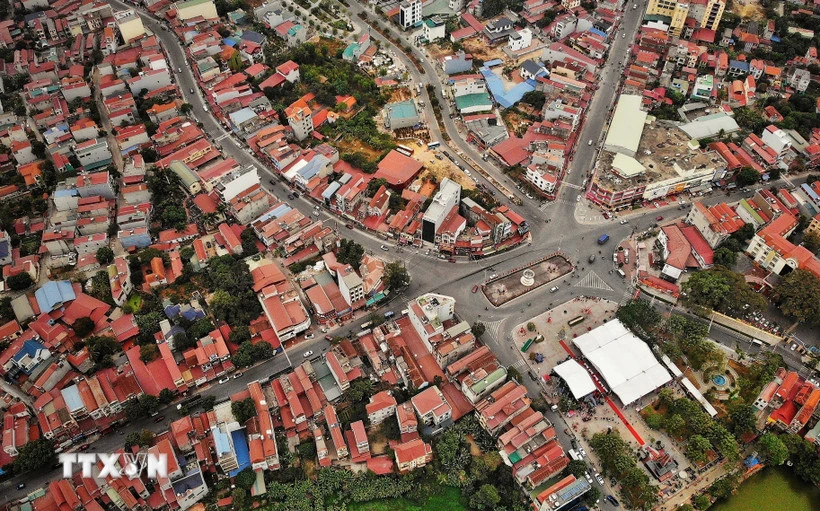
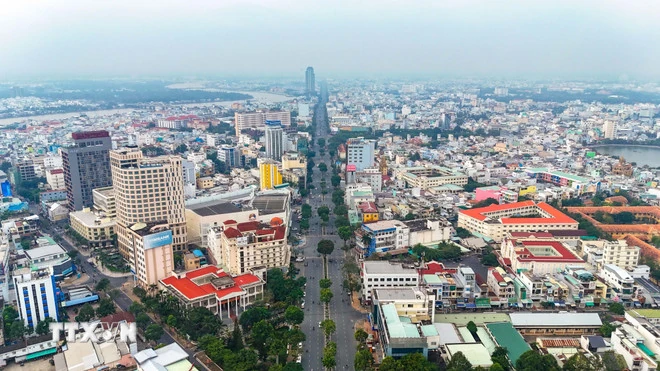




![[Photo] Binh Trieu 1 Bridge has been completed, raised by 1.1m, and will open to traffic at the end of November.](https://vphoto.vietnam.vn/thumb/1200x675/vietnam/resource/IMAGE/2025/10/2/a6549e2a3b5848a1ba76a1ded6141fae)









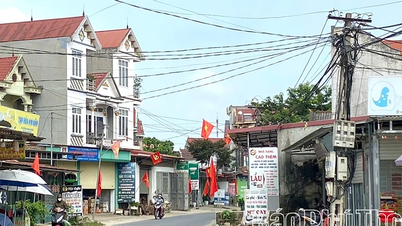
















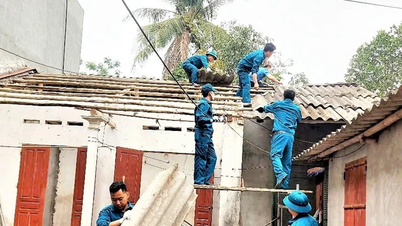





































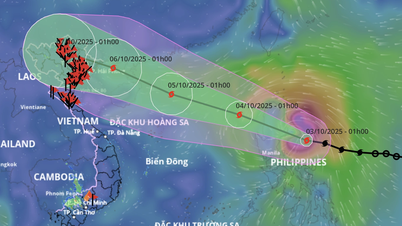






































Comment (0)